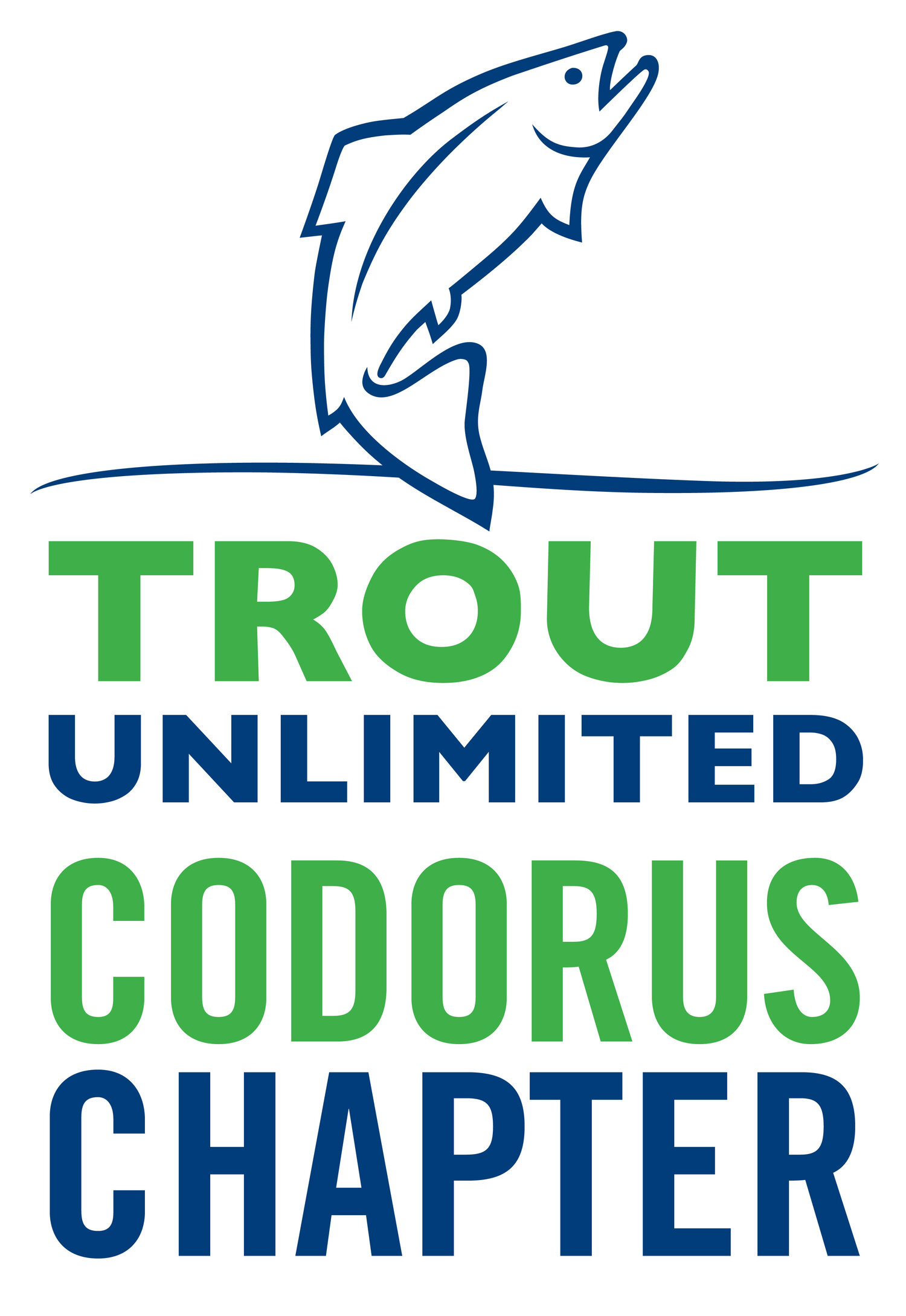Planning Your Visit
Your Visit To Codorus Creek
If you’re planning to visit Codorus Creek for the first time, here are some suggestions. First and foremeost, keep in mind that the land you’ll be on is private property. You’re there because of the generosity of the local landowners, many of whom are farmers. Make sure that when you park, you do not block access to any of their fields or driveways. This should go without saying, but please stay within the stream corridor and out of plowed or planted fields. Obey No Trespassing signs and if there’s any doubt, choose another spot. And of course, don’t litter. The rail lines in the area are active, so pay attention for passing trains. Finally, don’t count on cell service along the creek - while it’s not impossible, its far more likely you won’t get any.
The stream itself is fairly small, and it’s banks tend to be brushy and thorny. If you’re fly fishing, a 7-1/2 to 8’ rod (5 wt. or less) is perfectly adequate, although it’s not uncommon to see someone using a 10-footer. The creek really doesn’t produce any huge, dense fly hatches, but there are a few Hendricksons and some tan caddis in the early season, followed by sulphur hatches from around mid-May into June. There is a very large population of scuds, and cress bugs are present as well. Terrestrials are a good bet during the warmer months, and there are fishable cranefly, midge and baetis hatches sporadically throughout the year when conditions are right. Many anglers also do quite well with general searching patterns like various bead-heads, pheasant tails, prince nymphs and woolly buggers. There’s not much in the way of minnows and other small species, but there are a few sculpins in certain areas as well as some crayfish.
A considerable portion of the creek has special fishing regulations enforced by the Pennsylvania Fish and Boat Commission. In that section, a slot limit for harvest is in place during a designated harvest period, and fishing is limited to flies and artificial lures. Signs posted in the special regs area provide all the details, or you can refer to the PF&BC website. Be sure to read, understand and abide by these important rules. Our chapter strongly endorses the practices of catch-and-release and safe trout handling, so we hope you will consider those as well.
Since the stream is so cold, it does tend to fog over on warm, humid mornings and evenings. Few people are able to wet wade it (i.e. not wear waders) - that’s a bone chilling experience that most folks would not choose! There are, unfortunately, more than a few areas where considerable amounts of silt have accumulated. Be on the lookout for these areas because its easy to get yourself very stuck, not to mention sending a muddy plume flowing into an area you were planning to fish. Since the creek is fairly small and all the trout are wild, we’d suggest dressing in darker, muted colors that will help you blend into the background. A stealthy, patient approach and some keen observation will improve your chance of success. The dense, thorny underbrush does not lend itself well to hanging accessories (lanyards, etc.) or snag-prone fabrics (mesh, fleece, etc.). Hip boots may be okay in certain areas, but waist high or chest high waders are a far better choice. And while some anglers use them, a wading staff isn’t absolutely necessary.
If you’re looking for nearby lodging, you can begin your search in Hanover, PA with York and Gettysburg being viable options (30 mins to the Codorus).
Be sure to visit our Resources page for even more handy info that we’re sure you’ll find helpful.

